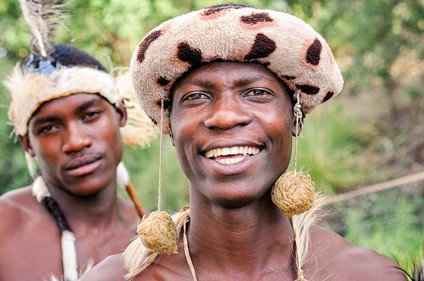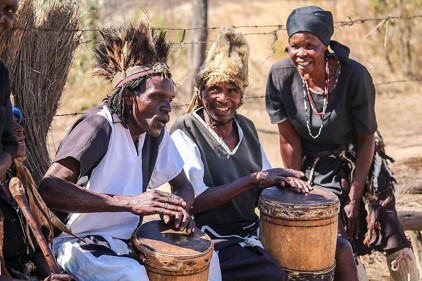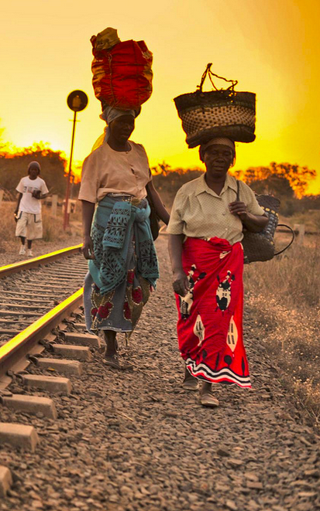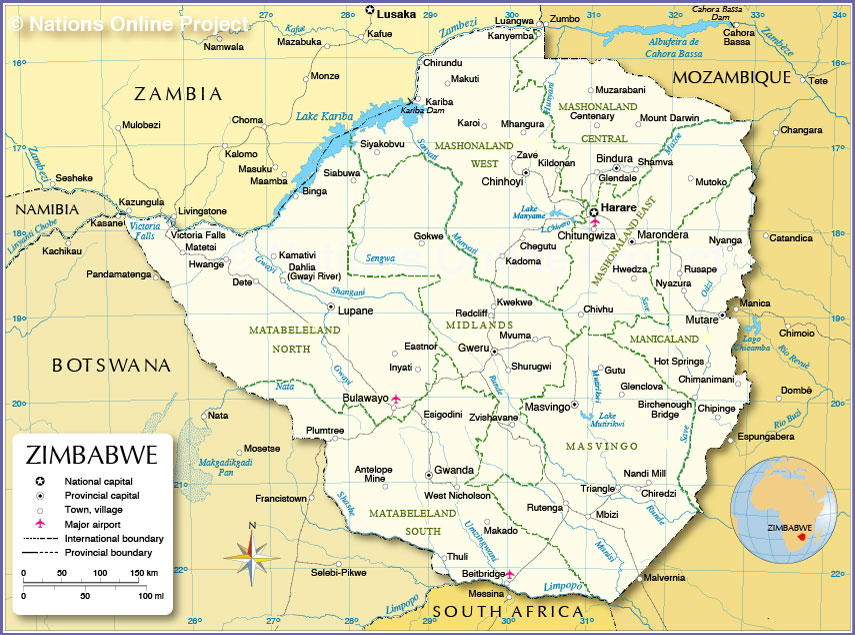History Of Zimbabwe
As early as 200 B.C. the San people are believed to have first inhabited the country. Come the Bantu domination and the Shona people came, followed by the Nguni and Zulu tribes. In the mid-19th century, the descendants of the Nguni and Zulu tribes called the Ndebele established their own kingdom in the country. In 1850, the British came and conquered the country making it their colony. They named the country Rhodesia after Cecil Rhodes of the British South Africa Company. Soon it became Southern Rhodesia and in 1923, the European settlers of the country voted to become a self-governing colony of the British.

In 1963 after the World War II, Northern Rhodesia (which is Zambia at present) and Nyasaland (now Malawi) voted for independence while Southern Rhodesia chose to still remain as a colony. After 2 years, the white minority of Rhodesia declared the country’s independence from Britain and in 1970, Rhodesia formally became a republic. The white minority of Rhodesia lead by Ian Smith has continued to control the government and they have resisted the Black Africans’ demands which lead to chaos and war. In 1978, the White Minority agreed to transfer power to the Black Majority, though Smith will still act as the country’s Prime Minister. After 2 years, in the year 1980, the White Minority decided to hold a multiracial election to settle national issues. As expected, the Black Majority won by the name of Robert Mugabe who won a landslide victory. In April 17, 1980, the country celebrated its independence and changed its name to Zimbabwe.
Zimbabwean Culture

The Zimbabwean culture is very rich and unique and diverse in a sense that it has been influenced by its colonizers and neighboring countries. A country located in the southern part of Africa, Zimbabwe has its culture rooted to the African culture with
a bit of British influence.
The different cultural groups of Zimbabwe, namely Shona, Ndebele, Shangaan and Venda are patrilineal societies. Being patrilineal means the descent is through the male line, and the woman moves in the man’s
home after marriage. The Tonga group, however, is matrilineal, where the man moves in with the woman after marriage.
Another thing about marriages is that men are allowed to be polygamous. When a man is married to many women, each wife has her own household and share of the field. Marriage gives women access to land, but
properties are entitled and owned by the men. Also, the groom gives bride price to the bride’s family before the wedding, as Zimbabwean families are very much involved when it comes to marriages.

Family gatherings and celebrations like weddings, anniversaries, and birthdays are celebrated by slaughtering a goat or a cow which is either barbecued or roasted. This is done whenever there are special occasions, as well as during Christmas and New Year. Other dates to remember where celebrations happen include April 18 (Independence Day) and August 11 (Heroes’ Day). Football is the most popular sport in the country. Zimbabwe participates in every Olympics and has always won several medals in different sports, most especially in swimming.
Culture Gallery



MAP OF ZIMBABWE

Zimbabwe is a landlocked country in Southern Africa, rich in fauna and flora and has numerous ancient stone cities including the largest in Africa south of the Sahara, Great Zimbabwe.
located in Southeast
Africa, between the Zambezi and Limpopo Rivers, bordered by South Africa to the south, Botswana to the south-west, Zambia to the north, and Mozambique to the east. The capital and largest city is Harare. The second
largest city is Bulawayo. A country of roughly 15 million people, Zimbabwe has 16 official languages, with English, Shona, and Ndebele the most common.
Zimbabwe has an excellent subtropical highland climate that is moderated by altitude. The rainy season is in summer from November to March. Although there are recurring droughts, floods and severe storms are rare. Winter temperatures can drop below 5°
Celsius whilst summers can be very hot, they rarely go over 32°C (90°F), with the exception of lower regions of the country such as the Zambezi valley.
